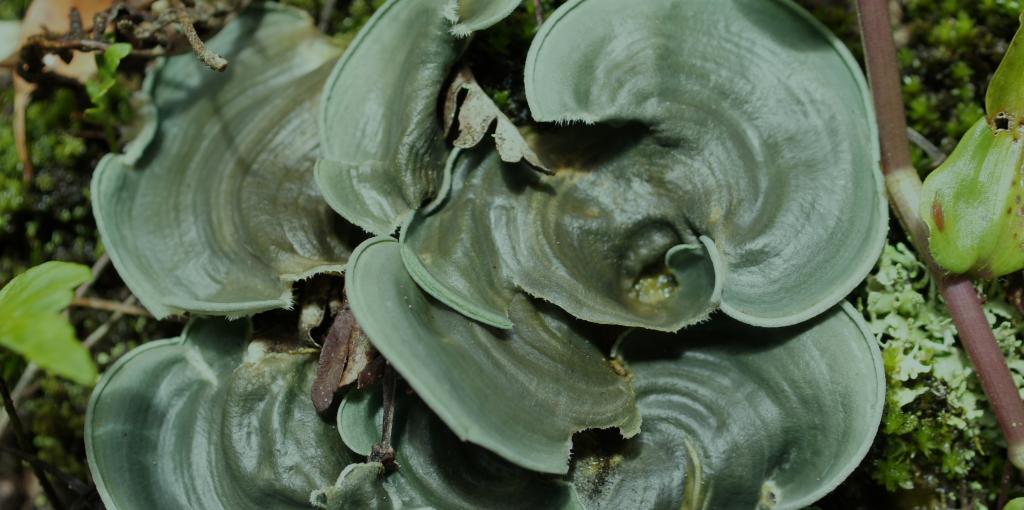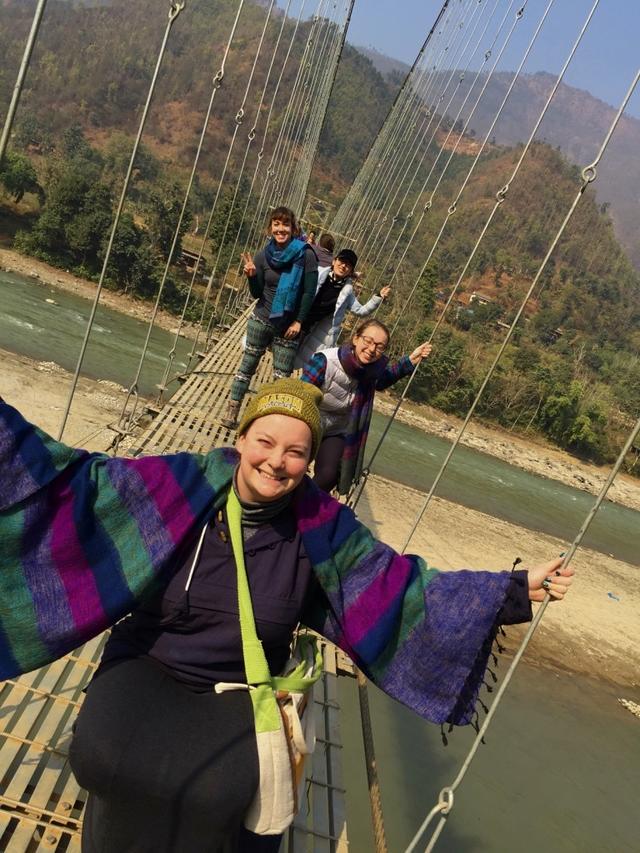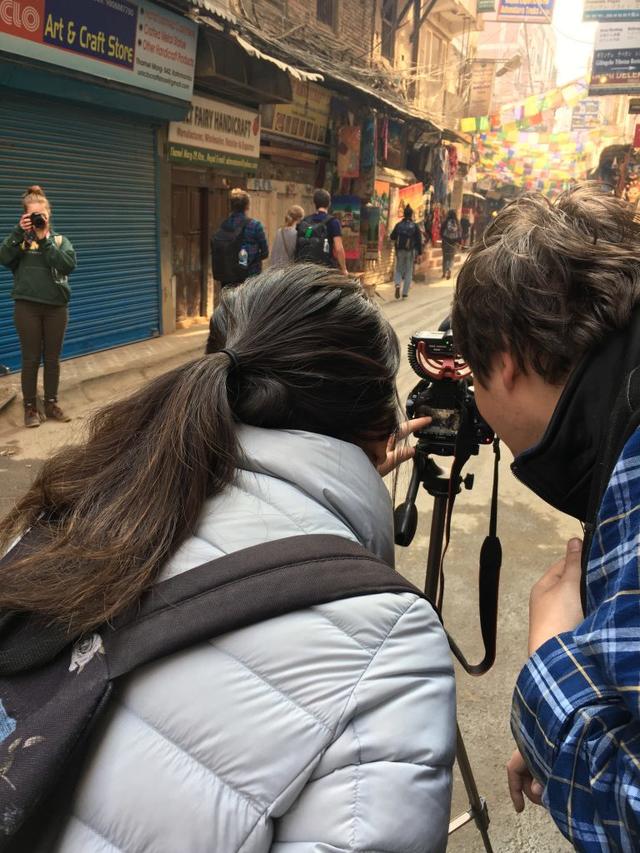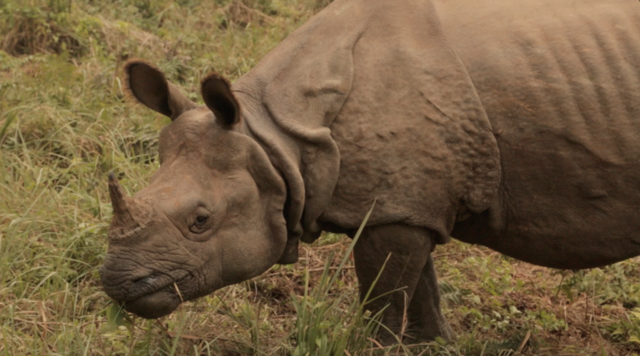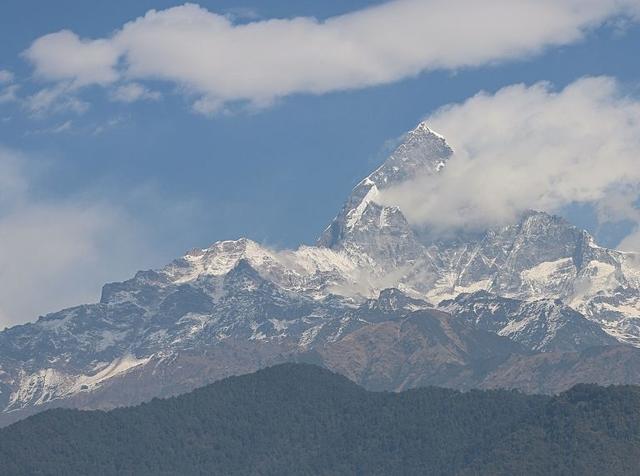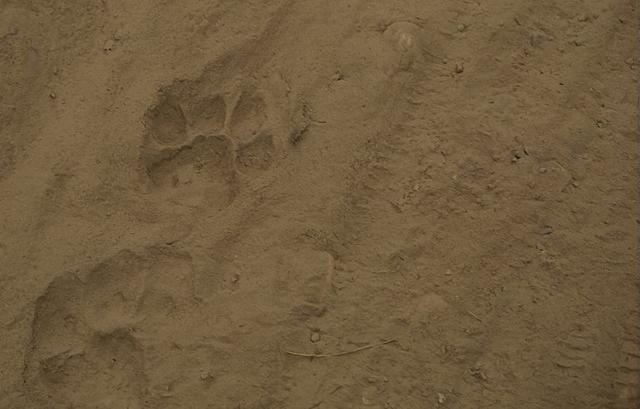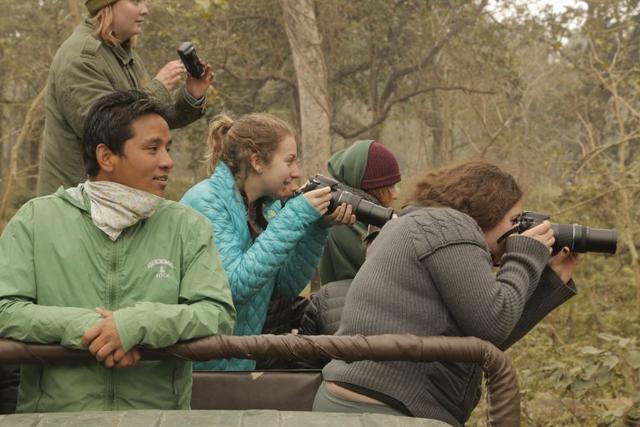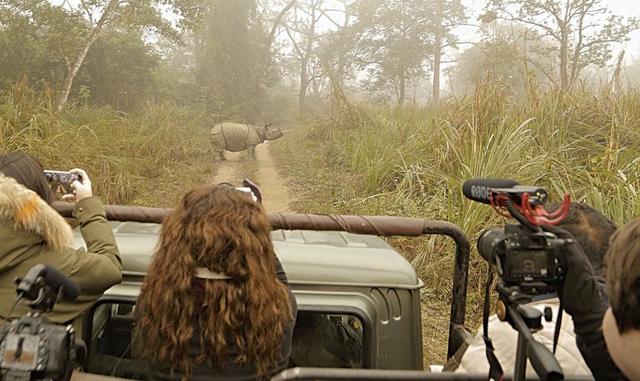Admission CTAs
Conservation storytelling in Nepal by the EVPP 440 class of 2018
They say a picture is worth a thousand words. During this digital age, it is an extremely important aspect to consider because you usually have less than 3 seconds to capture the attention of your subject. Inside of 3 seconds, most people will be unable to glean anything meaningful from reading. The constant barrage of information that one encounters when scrolling through websites and social media feeds means that one is making instant decisions on which articles or links to explore further. The first thing that the eyes see and the brain processes would be the image(s).
Now consider this aspect as a conservation manager or scientist who is in need of support for saving certain species or habitats. One MUST understand how to capture the attention of the public, otherwise the person and the subject matter are likely doomed. My goal is to make sure that the next generation of conservationists understand how to tell their stories visually or more effectively through the use of still/moving images.
This January, I led a class of 18 of our finest undergraduates from George Mason University to do this in one of the most fantastic settings on earth. The country of Nepal was chosen because it is FULL of amazing conservation stories and because it is simply the most beautiful place I have encountered so far for filming on planet Earth.
On this two-week-long adventure, we tracked tigers in the jungle, filmed the sunrise over some of the highest mountains on earth, were charged at by rhinos, walked across rope bridges, and…and no one died! Success was heady. My favorite quote by a student was “Dr. Lewis, how come you keep asking us to do dangerous things?” They were all safe, I assure you. And most importantly, they all came back with incredible photos/films and a firm understanding about how to convey what they care about to others using this medium.
Stories that were covered ranged from poaching of endangered species to the impact of eco-tourism on the local economy. Students were required to find stories at each location we visited and then tell it through their photos or films, including doing research on the conservation issue, conducting interviews with experts, and then drafting the story in a way that would persuade others to care about their conservation causes and motivate them to learn more. Each and every one of the brave students climbed onto the plane in Kathmandu to head back to America with this new tool firmly slotted into their tool belt.
Mission complete! Super proud of the EVPP 440 class of 2018!
